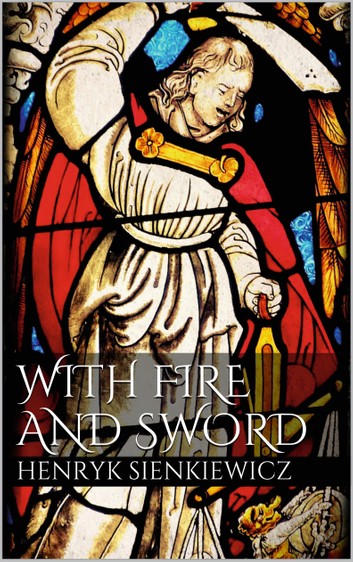

Most ebook files are in PDF format, so you can easily read them using various software such as Foxit Reader or directly on the Google Chrome browser.
Some ebook files are released by publishers in other formats such as .awz, .mobi, .epub, .fb2, etc. You may need to install specific software to read these formats on mobile/PC, such as Calibre.
Please read the tutorial at this link: https://ebookbell.com/faq
We offer FREE conversion to the popular formats you request; however, this may take some time. Therefore, right after payment, please email us, and we will try to provide the service as quickly as possible.
For some exceptional file formats or broken links (if any), please refrain from opening any disputes. Instead, email us first, and we will try to assist within a maximum of 6 hours.
EbookBell Team

5.0
88 reviewsWith Fire and Sword (Polish: Ogniem i mieczem) is a historical novel by the Polish author Henryk Sienkiewicz, published in 1884. It is the first volume of a series known to Poles as The Trilogy, followed by The Deluge (Potop, 1886) and Fire in the Steppe (originally published under the Polish title Pan Wolodyjowski, which translates to Colonel Wolodyjowski). The novel has been adapted as a film several times, most recently in 1999. With Fire and Sword is a historical fiction novel, set in the 17th century in the Polish-Lithuanian Commonwealth during the Khmelnytsky Uprising. It was initially serialized in several Polish newspapers, chapters appearing in weekly installments. It gained enormous popularity in Poland, and by the turn of the 20th century had become one of the most popular Polish books ever. It became obligatory reading in Polish schools, and has been translated into English and most European languages. The series was a vehicle for expressing Polish patriotism in a Poland partitioned and deprived of independence. It avoided censorship by using a historical setting concerning wars with past enemies other than the countries ruling parts of Poland at the time of writing(Russia, Germany and Austria). *Plot* Despite some deviations, the book's historical framework is genuine and the fictional story is woven into real events. Many characters are historical figures, including Jeremi and Bohdan Khmelnytsky (Polish: Bohdan Chmielnicki). Sienkiewicz researched memoirs and chronicles of the Polish nobility, or szlachta, for details on life in 17th-century Poland. The book was written, according to the author, "to lift up the heart" of the Polish nation in the unhappy period following the failed January Uprising during the era of the partitions of Poland. Thus it often favors epic plots and heroic scenes over historical accuracy. Nonetheless, Sienkiewicz's vivid language made it one of the most popular books about that particular place and era.